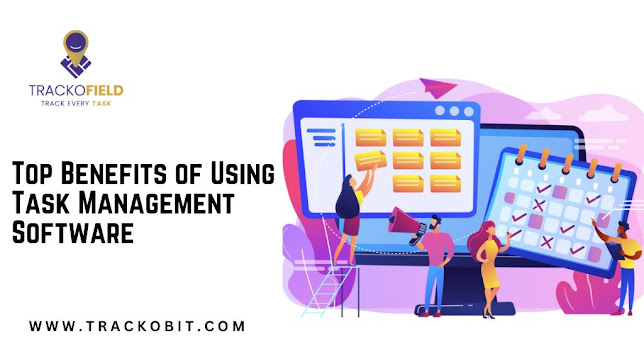How Does After-Sales Service Management Software Work?

An after-sales service management software is a comprehensive system that helps you plan, automate, and streamline customer service and support tasks — often given after a product/service has been sold. For instance - An electronics company providing support service after selling AC on warranty is a good example of after-sales service. Companies with warranty products can get rid of the hassles of managing field staff with the use of after sales tracking software . Let’s learn how autonomous after-sales service management software works throughout the process — starting from effective task assignment to successful technician deployment. How Does Field Force or After-Sales Service Management Software Work? A comprehensive after sales service management software works by offering the following functionalities and settings — to let the sales team optimise their tasks, improve operational efficiency, and enjoy the faster closing of tickets. 1. Task Management Console The service software a

